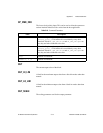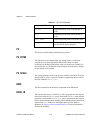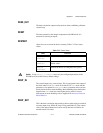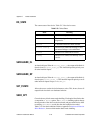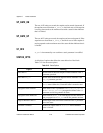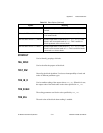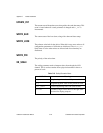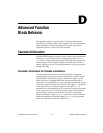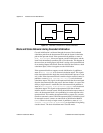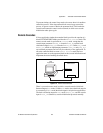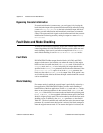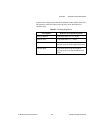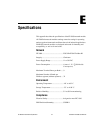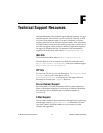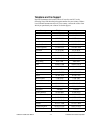
©
National Instruments Corporation D-1 FieldPoint FP-3000 User Manual
D
Advanced Function
Block Behavior
This appendix explains advanced features of function blocks that are
unnecessary to establish simple control strategies. Use this information to
diagnose problems in control strategies and to develop systems that
implement supervisory control by a host computer.
Cascade Initialization
FOUNDATION Fieldbus provides a protocol called Cascade Initialization
that allows a control function block to smoothly transition from
Man to
Auto mode. Cascade Initialization allows the PID algorithm to know the
current setpoint of the AO block to balance the actual setpoint with the
control’s setpoint over time. Cascade Initialization is also used to prevent
windup in the PID.
Parameter Connections for Cascade Initialization
Cascade initialization takes place between two blocks: an upstream
controlling block, and a downstream controlled block. In a PID loop, the
upstream block is the PID block, and the downstream block is the AO
block. In the case of cascaded PID blocks, the upstream PID feeds a
setpoint into a second PID that is acting as the downstream block. In both
cases, the parameter connections are the same. The output (
OUT) parameter
of the upstream block is connected to the cascade input (
CAS_IN)
parameter of the downstream block. This connection controls the setpoint
of the downstream block. To allow the upstream block to determine the
current setpoint of the downstream block, you must also connect the
backward calculation output (
BKCAL_OUT) parameter of the downstream
block with the backward calculation input (
BKCAL_IN) of the upstream
block. The connections are shown in Figure D-1.



